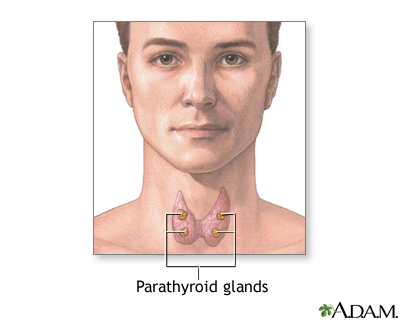What
is Addison’s disease?
Addison’s disease is an autoimmune disorder that
occurs when your body produces insufficient amounts of a certain hormone
produced by your Adrenal gland.
In this disease, your Adrenal gland produces too
little Cortisol and often insufficient levels of Aldosteron as well.
Addison’s disease occurs in all age groups and
affects both sexes but occurs most frequently in middle-aged females. It can
also be life- threatening to some point if not treated.
CAUSES
OF ADDISON’S DISEASE
Addison’s disease results when your adrenal glands
are damaged, and produces insufficient amounts of the hormones mentioned
earlier.
Just in case you didn’t know, but the Adrenal glands
are located on top of each of the kidneys as shown in the picture below.
As a part of
your endocrine system, they normally produce hormones that give instructions to
virtually every organ and tissue in your body.
Addison’s disease, which is our main focus here,
occurs when the cortex is damaged and doesn’t produce its hormone in adequate
quantities. Doctors refer to this condition involving damage to the adrenal
gland as Primary Adrenal Insufficiency.
Adrenal insufficiency can also occur if your
pituitary gland is diseased. The pituitary gland makes a hormone called
Adrenocortictroipic Hormone (ACTH), which stimulates the adrenal cortex to
produce its hormones.
Inadequate production of ACTH can lead to
insufficient production of hormones normally produced by your adrenal glands,
even though your adrenal glands aren’t damaged. Doctors call this condition
Secondary Adrenal Insufficiency.
SYMPTOMS
OF ADDISON’S DISEASE
Addison’s disease usually develops slowly, often
over several months and may include the following symptoms:
- · Extreme fatigue
- Weight loss and decrease appetite
- Darkening of your skin (hypo pigmentation)
- · Low blood pressure, even fainting
- Salt craving
- · Low blood sugar (hypoglycemia)
- Nausea, diarrhea or vomiting
- Abdominal pains
- Muscle or joint pains
- Irritability
- · Depression
- · Body hair loss or sexual dysfunction in
See your doctor if you have sign and symptoms that
commonly occur in people with this disease.
Your doctor can help determine weather Addison’s
disease or some other medical condition may be causing these symptoms.
TREATMENTS
FOR ADDISON’S DISEASE
Treatment for Addison’s disease involves taking
hormones to replace the insufficient amount being made by your adrenal glands,
in order to mimic the beneficial effects produced by your naturally made
hormones.
There can also be a hormone replacement therapy to correct
the levels of steroid hormones your body isn’t producing. Some options for
treatments include Oral corticosteroids and corticosteroid injections.














 Therefore, after blood in the heart, obtains oxygen and becomes
oxygenated blood (has bright red color) it can’t be carried to the body
properly. So, the heart’s muscles and other organs of the body, don’t get their
regular oxygen supply. What does this mean? These organs get no energy to work
and so, YOU COULD POSSIBLY DIE!
Therefore, after blood in the heart, obtains oxygen and becomes
oxygenated blood (has bright red color) it can’t be carried to the body
properly. So, the heart’s muscles and other organs of the body, don’t get their
regular oxygen supply. What does this mean? These organs get no energy to work
and so, YOU COULD POSSIBLY DIE!








